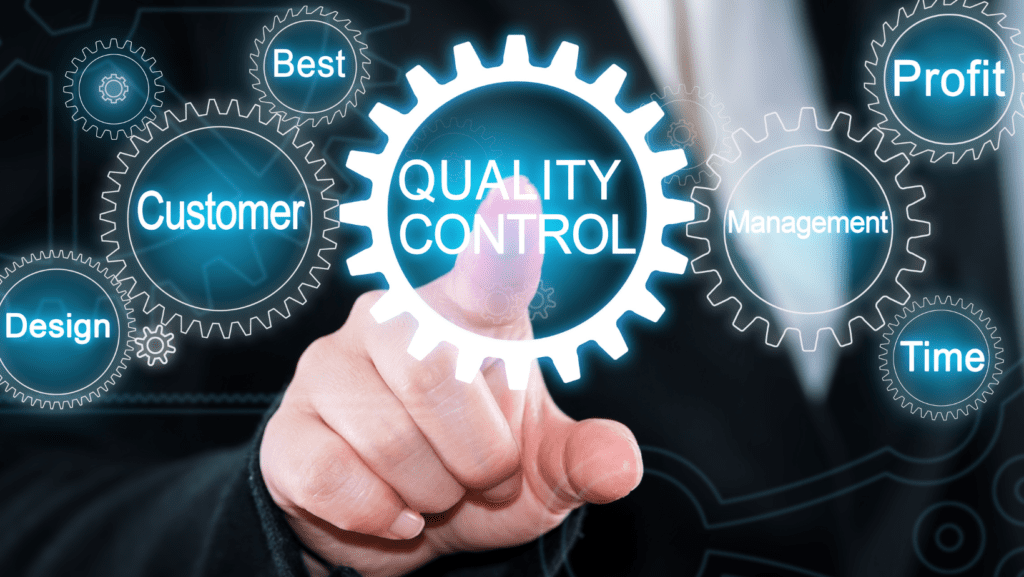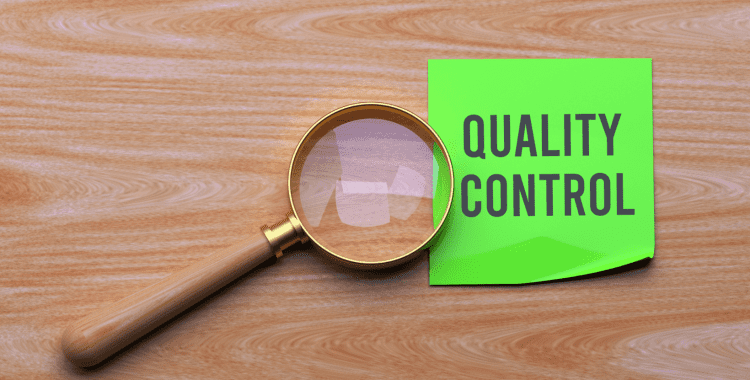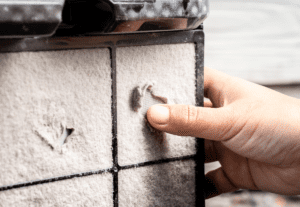Facility management is an essential part of running a successful organization. It encompasses a wide range of activities, including maintenance, security, and space planning. However, even the most well-planned facility management program can fall short if not evaluated regularly. That’s why conducting a quality audit is crucial. A quality audit is a comprehensive evaluation of your facilities, systems, and processes to ensure that they are operating at peak efficiency. In this guide, we’ll take you through each step of the quality audit process, from planning and preparation to data analysis and action planning.

Understanding the Importance of Quality Audits in Facility Management
A quality audit is an essential tool for facility managers, allowing them to identify areas of improvement and develop an action plan to address any issues. It involves a systematic review of your facility management program, including your policies, procedures, and practices. The purpose of a quality audit is to evaluate the effectiveness of your facility management program and identify opportunities for improvement. By conducting regular quality audits, you can ensure that your facilities are operating at their best, providing a safe, productive, and comfortable environment for your employees and customers.
Planning and Preparation for a Quality Audit
Before conducting a quality audit, you need to have a plan in place. The first step is to define the scope of the audit. What areas of your facility management program do you want to evaluate? This could include things like maintenance, security, space planning, and sustainability. Once you have defined the scope of the audit, you need to assemble a team to conduct the audit. This team should include individuals with expertise in facility management, as well as stakeholders from other departments within your organization.
Once you have assembled your team, you need to develop a schedule for the audit. This schedule should include the dates of the audit, as well as the timeline for data collection and analysis. You also need to ensure that you have the necessary resources in place, such as equipment and software for data collection and analysis. Finally, you need to communicate the audit plan to all stakeholders and ensure that everyone is aware of their roles and responsibilities.


Data Collection and Analysis for a Quality Audit
The next step in the quality audit process is data collection and analysis. This involves gathering information about your facility management program and analyzing it to identify areas of improvement. There are many different methods for data collection, including surveys, interviews, and site visits. The key is to use a combination of methods to ensure that you are gathering comprehensive and accurate data.
Once you have collected your data, you need to analyze it. This involves looking for patterns and trends that indicate areas of improvement. For example, you might notice that maintenance requests are taking longer to complete than they should, or that there are frequent security breaches in certain areas of your facility. By analyzing this data, you can identify specific issues that need to be addressed.
Identifying Areas for Improvement in Facility Management
The next step in the quality audit process is to identify areas for improvement. This involves reviewing the data collected during the audit and identifying specific issues that need to be addressed. For example, you might identify a need for improved maintenance procedures or better security measures. The key is to be specific and actionable in your recommendations. This will help ensure that your action plan is effective in addressing the identified issues.
Developing an Action Plan to Address Issues
Once you have identified areas for improvement, the next step is to develop an action plan to address these issues. Your action plan should be specific, measurable, achievable, relevant, and time-bound (SMART). This means that each action should have a specific goal, a way to measure progress, a realistic timeline, and a clear connection to the overall objectives of your facility management program.
When developing your action plan, you should involve all stakeholders and ensure that everyone is aware of their roles and responsibilities. You should also prioritize your actions based on their impact and feasibility. This will help ensure that your resources are allocated effectively and that your action plan is achievable.


Best Practices for Conducting a Quality Audit in Facility Management
Conducting a quality audit is a complex process that requires careful planning and execution. Here are some best practices to help ensure that your quality audit is effective:
- Define the scope of the audit clearly
- Assemble a team with expertise in facility management
- Develop a schedule for the audit that includes data collection and analysis
- Use a combination of methods for data collection
- Analyze the data to identify areas for improvement
- Develop an action plan that is SMART
- Involve all stakeholders in the action plan development process
- Prioritize actions based on their impact and feasibility
- Monitor progress and adjust the action plan as needed
Following these best practices will help ensure that your quality audit is effective and that your facility management program is operating at its best.
Tools and Techniques for Conducting a Quality Audit in Facility Management
There are many tools and techniques that can be used to conduct a quality audit in facility management. These include:
- Checklists: A checklist can be used to ensure that all areas of your facility management program are evaluated.
- Surveys: Surveys can be used to gather feedback from employees and other stakeholders about the effectiveness of your facility management program.
- Site Visits: Site visits can be used to evaluate the physical condition of your facilities and identify areas for improvement.
- Data Analysis Software: Data analysis software can be used to analyze large amounts of data quickly and accurately.
- Benchmarking: Benchmarking can be used to compare your facility management program to industry standards and best practices.
By using these tools and techniques, you can ensure that your quality audit is comprehensive and effective.


The Role of Technology in Facility Management Audits
Technology plays an increasingly important role in facility management audits. There are many different types of technology that can be used to collect and analyze data, including:
- Building Automation Systems (BAS): BAS can be used to monitor and control HVAC, lighting, and other building systems, providing valuable data for facility management audits.
- Computerized Maintenance Management Systems (CMMS): CMMS can be used to track maintenance requests, work orders, and other important data related to facility management.
- Energy Management Systems (EMS): EMS can be used to monitor and control energy usage, identifying areas for improvement in energy efficiency.
- Geographic Information Systems (GIS): GIS can be used to map and analyze data related to your facilities, providing valuable insights for facility management audits.
By using these technologies, you can streamline the data collection and analysis process, making your quality audit more efficient and effective.
Common Mistakes to Avoid During a Facility Management Audit
There are several common mistakes that facility managers make during quality audits. These include:
- Focusing too narrowly on specific areas of the facility management program
- Not involving all stakeholders in the audit process
- Not prioritizing actions based on their impact and feasibility
- Failing to develop an action plan that is SMART
- Not monitoring progress and adjusting the action plan as needed
Avoiding these mistakes will help ensure that your quality audit is effective and that your facility management program is operating at its best.


Benefits of Conducting Regular Quality Audits in Facility Management
Conducting regular quality audits in facility management offers several benefits, including:
- Identifying areas for improvement in your facility management program
- Ensuring that your facilities are operating at peak efficiency
- Improving safety and comfort for employees and customers
- Increasing energy efficiency and reducing costs
- Demonstrating compliance with industry standards and regulations
By conducting regular quality audits, you can ensure that your facility management program is effective and that your facilities are providing a safe, productive, and comfortable environment for everyone.
How to Implement the Findings of a Quality Audit in Facility Management
Conducting a quality audit is just the first step in improving your facility management program. The real work comes in implementing the findings of the audit. This involves developing and executing an action plan that addresses the identified issues. It also involves monitoring progress and adjusting the action plan as needed.
By following the steps outlined in this guide, you can conduct a comprehensive and effective quality audit in facility management. You can identify areas for improvement and develop an action plan to address any issues. You can also ensure that your facility management program is operating at its best, providing a safe, productive, and comfortable environment for everyone.






